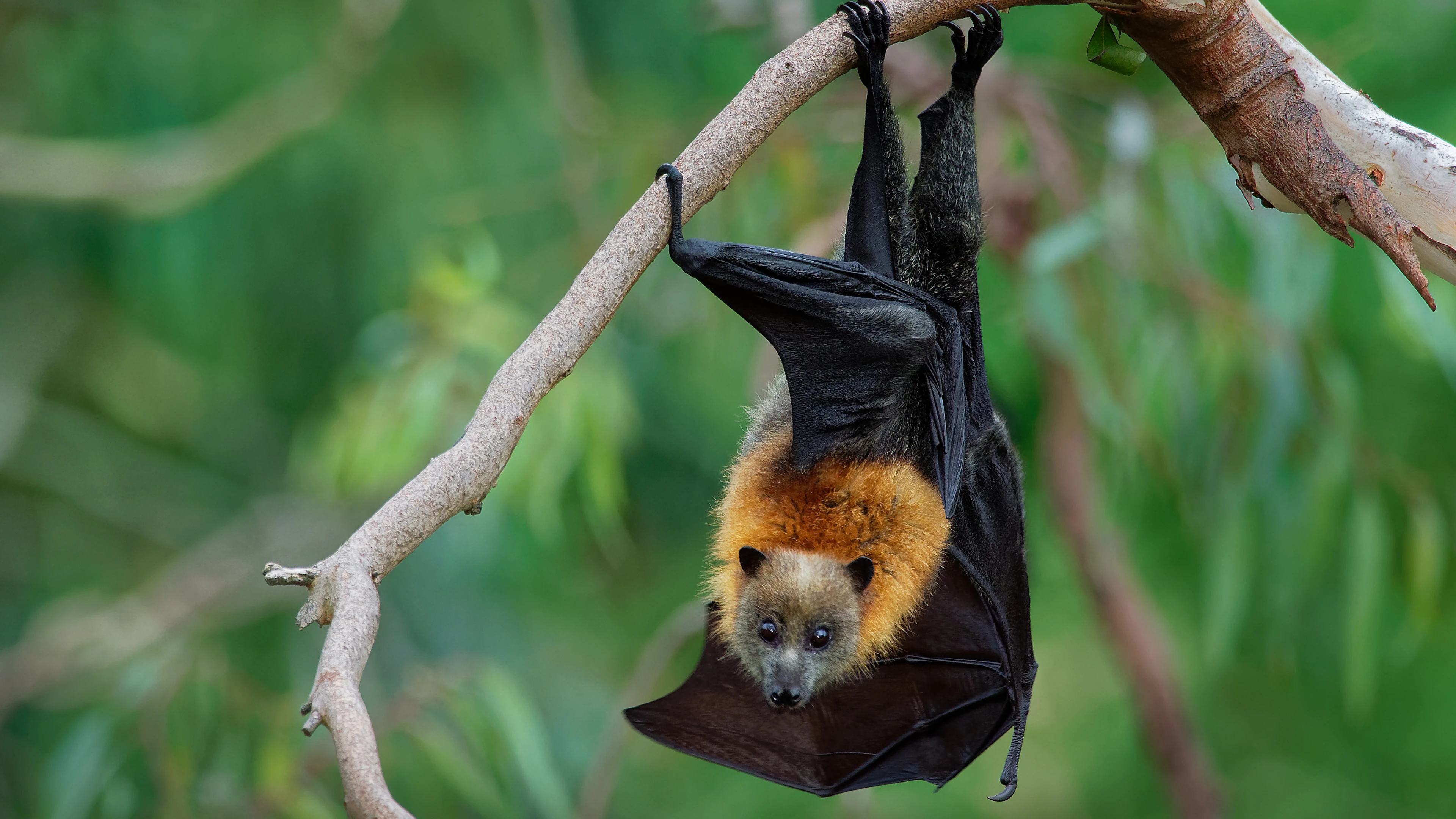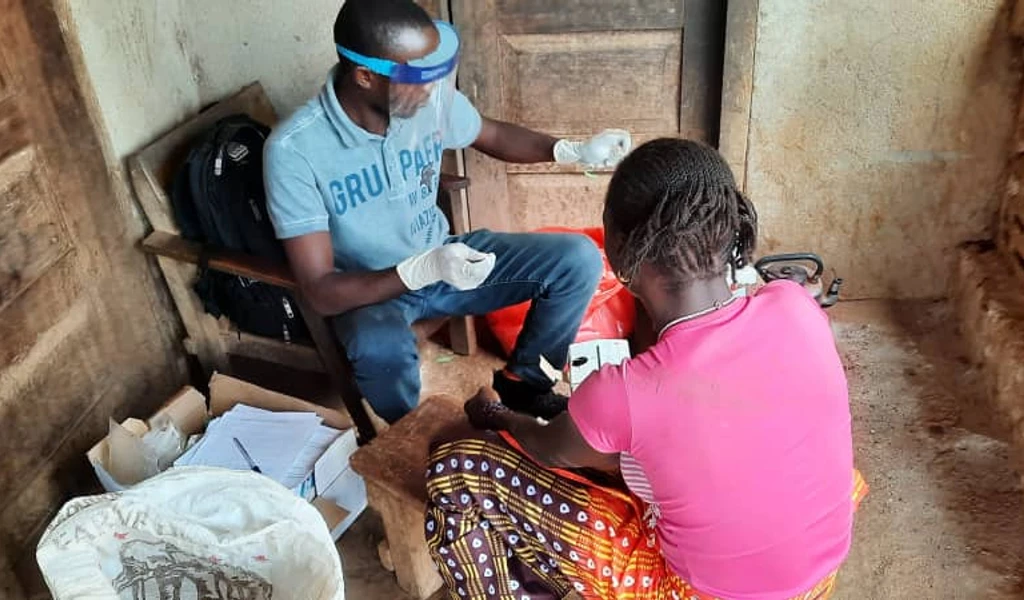Three months ago, in August 2021, a 12-year-old boy in Kerala's Kozhikode district, in India, was admitted to hospital after running a high fever and showing symptoms of encephalitis — inflammation of the brain. Despite medical efforts, his condition worsened and he died days later. Blood samples sent to India's National Institute of Virology confirmed that he was suffering from Nipah infection — one of the deadliest pathogens known to infect humans.
While no other cases have since been diagnosed in the area, Kerala remains on alert. The Indian state previously faced one of the most serious known outbreaks of Nipah in 2018, resulting in the deaths of 17 out of a total 19 confirmed cases - giving a case fatality rate of 91%.
Spread to people by interaction with Pteropus bats (flying foxes)—the natural hosts of the virus—as well as infected pigs, infected humans, or through contaminated food like bat-bitten fruit or date palm sap, Nipah virus causes rapidly progressive illness. It affects the respiratory system and the central nervous system, resulting in encephalitis.
The deadly pathogen was first identified during an outbreak of illness in 1998/1999 affecting pig farmers and others having close contact with pigs in Malaysia and Singapore, where over 100 deaths were reported. Since then, the virus has gone on to result in sporadic and unpredictable outbreaks in Bangladesh, India, and the Philippines — a region spanning thousands of kilometres. With Pteropus bats found across regions of Africa, South Asia and Oceania that are home to more than two billion people, there is also concern that outbreaks could affect further areas in the future.
Despite its notable epidemic potential and high fatality rate—being recognised as one of the priority pathogens on the World Health Organization's (WHO) R&D Blueprint list—no safe and effective vaccines and therapeutics have been approved for human use.
CEPI's work to protect populations against Nipah
Given the urgent need for vaccines, Nipah virus became one of the first pathogens on CEPI's target list following the coalition's launch in 2017.
Since then, CEPI has invested up to US $100 million in four promising Nipah vaccine candidates, being developed by teams across academia and industry, including Auro Vaccines and PATH, Public Health Vaccines, the University of Tokyo, and the University of Oxford. Looking ahead, our overarching goal, as part of our $3.5 billion plan to reduce or even eliminate future epidemics and pandemics, is to develop a licensed Nipah vaccine or additional medical countermeasure.
Efforts to work towards this goal are already progressing. The CEPI-supported candidate, developed by Auro Vaccines & PATH, became the first to reach in-human trials in March last year. Conducted at the Cincinnati Children's Hospital Medical Center in Cincinnati, USA, the study is investigating the safety, tolerability, and immunogenicity of their ‘HeV-sG-V' Nipah vaccine candidate.
This vaccine contains a portion of a protein of Hendra virus, a henipavirus closely related to Nipah, and has been shown in preclinical studies to protect against both viruses. CEPI first announced up to $25 million of funding for this programme in May, 2018.
Nipah vaccines being developed by Public Health Vaccines, University of Tokyo, and the University of Oxford are currently in preclinical stages. Further testing, assessing the safety of and immunogenicity elicited by these vaccine candidates, is set to take place over the next few years.
Advancing understanding of the disease
In addition to directly funding vaccine development, CEPI is supporting numerous scientific research projects which aim to increase our understanding of the virus and develop the tools to support the creation of new vaccine candidates.
This includes a new partnership with Universiti Malaya (Malaysia) to collect biological material from Nipah survivors to better understand immune responses generated against the virus. As Nipah outbreaks are typically sporadic with few survivors, the work is set to provide critical new information on Nipah immunology that has not previously been studied.
We're also seeking input from research teams to identify and characterize strains of the virus which have been documented in less detail. In the meantime, our partners at NIBSC in the UK, and icddr,b, in Bangladesh, are working to develop methods to help in the creation of Nipah countermeasures.
All of this work is led internally by CEPI's Nipah Coordination Team. They meet on a regular basis to monitor potential new Nipah cases and keep track of the Nipah scientific landscape to guide where CEPI can best contribute to research activities. Their most recent landscape review was published this week in The Lancet Infectious Diseases.
Back in 2019, the team organised the Nipah Virus International Conference. The meeting was the first international scientific conference, co-hosted by CEPI and Duke NUS Medical School in Singapore, to commemorate the 20th anniversary of the virus' discovery. It also served as a platform for experts to discuss innovative and effective solutions to combat the threat to global health security posed by Nipah virus.
What could the future bring?
While there are currently no or minimal reported cases of Nipah infection globally, as the recent case in Kerala shows, outbreaks continue to occur across Southeast Asia with worrying regularity.
The impact of these outbreaks is severe and detrimental—both in human and societal terms—and while they tend to be small, we can't rule out the possibility of the virus mutating and/or spreading more widely in the future.
With climate change, destruction of bat habitats, and human encroachment into previously isolated areas, increasing human-wildlife interaction has created a fertile space for viruses to hop between species and into humans — a phenomenon often referred to as ‘zoonotic spillover'.
This is why it is so critical that we have a suite of safe and effective tools which can be deployed in response to a potential future Nipah outbreak. Continual monitoring of the Nipah landscape and prioritising development of biological countermeasures against Nipah—as well as other deadly diseases—as part of CEPI's forward-looking plan, allows us to be better prepared for the next ‘big one'.



